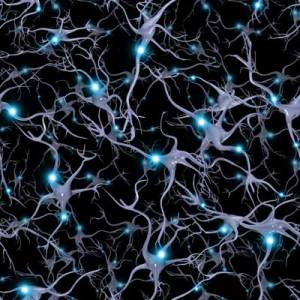-
Neuroplasticity in the Adult Brain
- Posted on January 12, 2015
- by Catherine Boyer
- in New York Neurofeedback, Peak performance, Sleep, The Brain
- Comments Off on Neuroplasticity in the Adult Brain
 We know without a doubt that the adult brain can change. What we don’t yet know a lot about is just what that means physiologically, and how to best use that knowledge.
We know without a doubt that the adult brain can change. What we don’t yet know a lot about is just what that means physiologically, and how to best use that knowledge.In July, 2014, Scientific American published an interesting article titled Neuroplasticity: New Clues to Just How Much the Adult Brain can Change. The article cites some interesting research done with mice, who as you have probably noticed, are always standing in for us.
Neuroplasticity in the adult brain
Neuroplasticity is the brain’s ability to change. Yes, it exists, without a doubt; but the article’s conclusion is that we don’t understand it well enough yet to know whether the brain games that are so popular right now help or, if they help, how much.
Gary Stix, the author of the article, quotes University of California San Francisco neuroplasticity researcher Michael Stryker: “We still don’t know what changes in circuitry are responsible for these phenomena of adult plasticity because we don’t have a really solid anatomical grasp of them.”
Not that long ago we believed neuroplasticity disappeared with adulthood. We now know that it lasts throughout life. Even though we don’t yet understand how it works, we can still think about how to take advantage of the brain’s lifelong ability to change.
Neurofeedback does that very well.
NeurOptimal® neurofeedback gives your brain information about what it’s doing, moment to moment during each session. Your brain uses this to do what it is masterful at: Take in information and use it to rewire itself on your behalf for greater resilience and flexibility. That will show up in your life in whatever areas are important to your specific brain.

What can you do to enhance neuroplasticity? We do know some things that help:
- Nutrition – Omega 3s, for example, are great for a healthy brain.
- Aerobic exercise generates new neurons – yet another reason moving our bodies around is good for us.
- Social relationships. (If you have social anxiety, neurofeedback is very likely to reduce or eliminate it.)
- Sleep – often the first area in which people getting neurofeedback training notice improvements.
- Novelty – learning new things generates new neurons and new neural connections.
- Closely paying attention activates neural circuits. Neurofeedback can improve focus (and reduce ADHD). Meditation and mindfulness training are also helpful in increasing the ability to stay in the moment, where you have to be to pay close attention.
It’s fine to take small steps with any of these.If neurofeedback interests you, or if you have questions, please contact me.
Catherine Boyer, MA, LCSW-R
New York Neurofeedback
If you enjoyed this article please consider sharing it!





